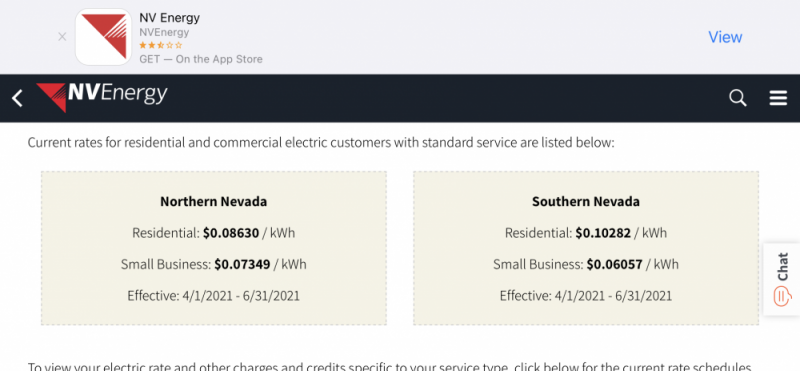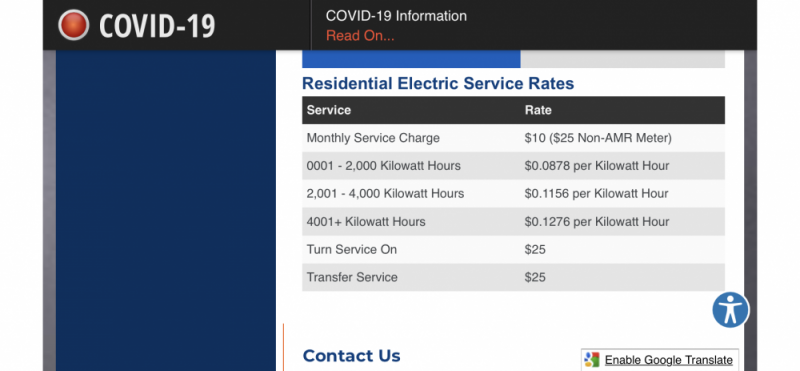JayTheCPA
Well-Known Member
About the awesomeness of non-utility solar and other renewables...
The inconvenient truth with the non-utility renewable energy movement is the same as the BEV: dependence on a Robbin Hood model to hide costs. The solar movement has done so for decades. We have also seen cycles that without somebody else providing the free lunch portion, consumers have little appetite for its actual cost and ditch it.
Toward description of one State's slate of municipal run utilities and the how funds go back into maintenance and R&D, this sounds about right as municipalities are generally governed by laws which do not allow a profit. And even for the for-profit utility sector, they generally have a requirement to pour funds back into maintenance and R&D as well given that they exist in a highly regulated environment, to the point of needing advance approval for any rate changes.
If anything, private / publicly traded utilities sometimes get too smart for themselves and try to game the system by artificially creating shortages which allow for spike pricing. But this is short lived as penalties tend to follow. Most extreme case is Enron and it is sad that some are continuing to re-live that lesson
So back to the sailboat analogy. Yup, it still works as in the sail boater's case, nobody else is providing the free sails. Lets see what happens to the home solar / home wind / BEV owners when they have to pay full-bore up front costs and then replacement of their equipment along with paying their fair share of the infrastructure maintenance and upgrades without the tax offsets and sale of carbon credits. And lets see what happens when it is time to buy another bank of batteries for that farm.
Toward not knowing what I am talking about. Perhaps not. But then again, I do have first hand knowledge of a nearby homeowner whom looked to do net-metering with a net production position. And to do it without the aid of somebody else paying for the equipment (but tax subsidy was part of the strategy). The house is still on the grid without solar. This was ~4 years ago. And for myself, I am evaluating a project for a small scale off-grid system just to consume ~3,000 Watts. Up-front cost is currently looking in the $7K territory as one requrement is to use lower TCO lithium batteries rather than higher TCO lead. Am deciding how long it is going to take to build up that budget, or if I really want to go there. Oh, and there is no return on investment as the structure does not have electric nor will it ever if I do not install it. And even if I do install electric, it will remain off-grid as there is no future plan of grid connection. Alternatively, I could do a carbon energy driven generator for a *LOT* less money!
The inconvenient truth with the non-utility renewable energy movement is the same as the BEV: dependence on a Robbin Hood model to hide costs. The solar movement has done so for decades. We have also seen cycles that without somebody else providing the free lunch portion, consumers have little appetite for its actual cost and ditch it.
Toward description of one State's slate of municipal run utilities and the how funds go back into maintenance and R&D, this sounds about right as municipalities are generally governed by laws which do not allow a profit. And even for the for-profit utility sector, they generally have a requirement to pour funds back into maintenance and R&D as well given that they exist in a highly regulated environment, to the point of needing advance approval for any rate changes.
If anything, private / publicly traded utilities sometimes get too smart for themselves and try to game the system by artificially creating shortages which allow for spike pricing. But this is short lived as penalties tend to follow. Most extreme case is Enron and it is sad that some are continuing to re-live that lesson
So back to the sailboat analogy. Yup, it still works as in the sail boater's case, nobody else is providing the free sails. Lets see what happens to the home solar / home wind / BEV owners when they have to pay full-bore up front costs and then replacement of their equipment along with paying their fair share of the infrastructure maintenance and upgrades without the tax offsets and sale of carbon credits. And lets see what happens when it is time to buy another bank of batteries for that farm.
Toward not knowing what I am talking about. Perhaps not. But then again, I do have first hand knowledge of a nearby homeowner whom looked to do net-metering with a net production position. And to do it without the aid of somebody else paying for the equipment (but tax subsidy was part of the strategy). The house is still on the grid without solar. This was ~4 years ago. And for myself, I am evaluating a project for a small scale off-grid system just to consume ~3,000 Watts. Up-front cost is currently looking in the $7K territory as one requrement is to use lower TCO lithium batteries rather than higher TCO lead. Am deciding how long it is going to take to build up that budget, or if I really want to go there. Oh, and there is no return on investment as the structure does not have electric nor will it ever if I do not install it. And even if I do install electric, it will remain off-grid as there is no future plan of grid connection. Alternatively, I could do a carbon energy driven generator for a *LOT* less money!
Last edited:


